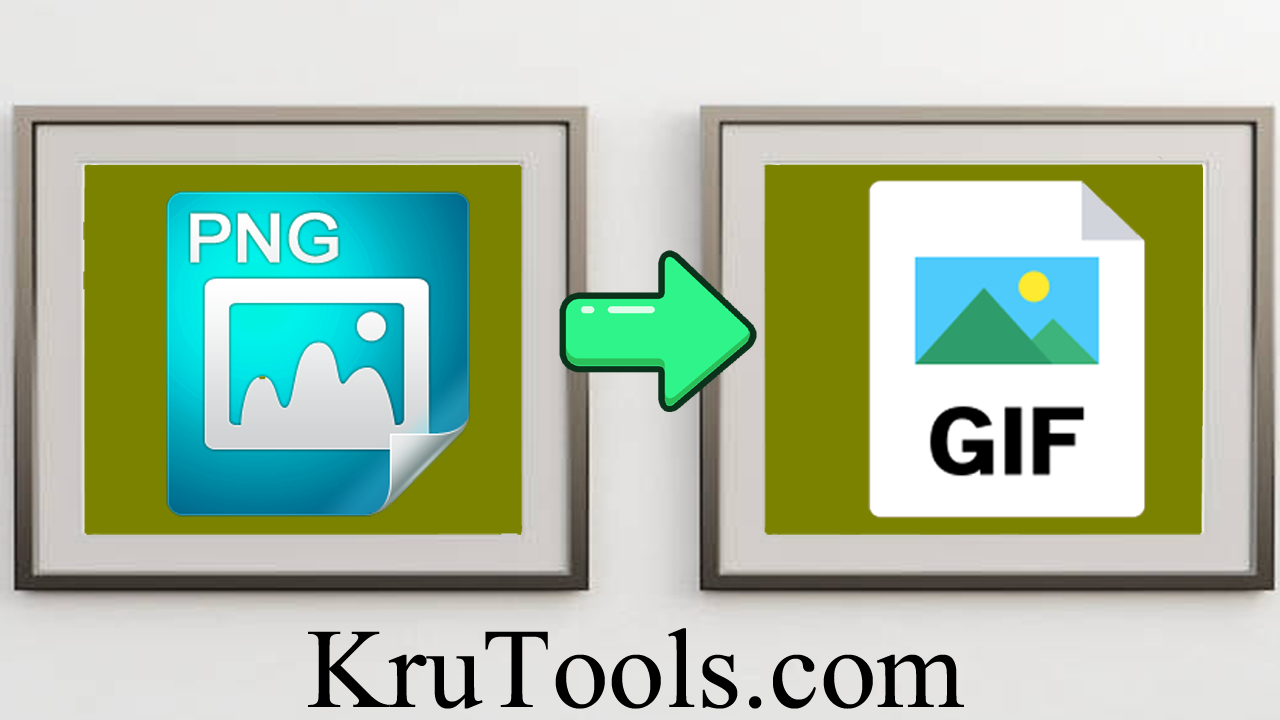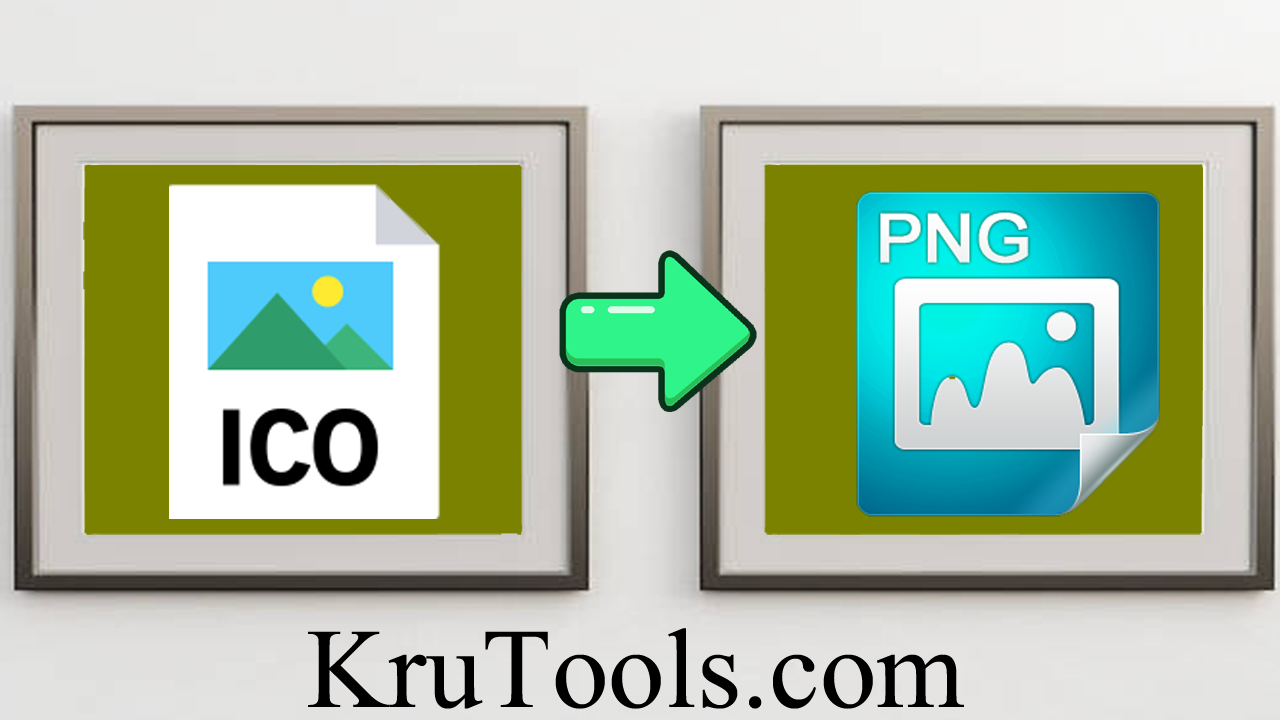
Mastering Social Media: The Ultimate Guide to Skyrocket Your Blog’s Popularity

Are you tired of pouring your heart and soul into blog posts that barely see the light of day? Do you dream of a bustling community of engaged readers eagerly awaiting your next article? Look no further! This comprehensive guide will walk you through the ins and outs of leveraging social media to transform your blog from a hidden gem to a shining star in the digital landscape.

Understanding the Social Media Landscape
Before diving headfirst into the world of social media promotion, it’s crucial to understand the lay of the land. Social media isn’t just a megaphone for shouting about your latest blog post; it’s a dynamic ecosystem where relationships are built, ideas are shared, and communities thrive.
Each platform has its own unique culture, audience, and best practices. What works on Instagram might fall flat on LinkedIn, and vice versa. The key is to approach each platform with a tailored strategy that aligns with your blog’s goals and target audience.
For instance, if you’re running a food blog, visual platforms like Instagram and Pinterest might be your bread and butter. On the other hand, a tech blog might find more traction on Twitter or LinkedIn, where industry discussions and news sharing are more prevalent.
To get a feel for the social media landscape, spend some time observing how successful bloggers in your niche are using different platforms. Take note of their posting frequency, content types, and engagement strategies. This research will be invaluable as you craft your own approach.
Crafting Your Social Media Strategy
Now that you’ve got a handle on the social media landscape, it’s time to roll up your sleeves and craft a strategy that will set your blog up for success. Here’s a step-by-step approach to creating a social media strategy that works:
-
Define Your Goals: What do you want to achieve with social media? Are you looking to drive traffic to your blog, build a community, establish yourself as an industry expert, or all of the above? Clear goals will guide your efforts and help you measure success.
-
Identify Your Target Audience: Who are you trying to reach? Create detailed buyer personas that outline your ideal readers’ demographics, interests, pain points, and online behavior.
-
Choose Your Platforms: Based on your goals and target audience, select the social media platforms that will give you the best return on investment. It’s better to excel on a few platforms than to spread yourself thin across all of them.
-
Develop a Content Calendar: Plan out your social media content in advance, ensuring a mix of promotional posts, curated content, and engagement-focused updates. Tools like Hootsuite or Buffer can help you schedule posts and maintain consistency.
-
Create Platform-Specific Content: Tailor your content to each platform’s strengths and audience expectations. For example, create eye-catching infographics for Pinterest, write thought-provoking threads for Twitter, and craft polished articles for LinkedIn.
-
Establish a Consistent Brand Voice: Develop a unique voice and tone that resonates with your audience and remains consistent across all platforms. This helps build brand recognition and trust.
-
Allocate Resources: Determine how much time and budget you can devote to social media promotion. Consider whether you’ll need to invest in tools, paid advertising, or outsourced help.
-
Set Up Tracking and Analytics: Implement tools to track your social media performance, such as Google Analytics for website traffic and platform-specific analytics for engagement metrics.
Remember, your strategy should be flexible enough to adapt as you learn what works best for your blog and audience. Don’t be afraid to experiment and adjust your approach based on the results you see.
Platform-Specific Tactics
Each social media platform has its own unique features and best practices. Let’s explore some platform-specific tactics to help you make the most of your social media presence:
- Create a Facebook Page for your blog to build a community and share updates.
- Use Facebook Groups to connect with like-minded individuals and promote your content in a more organic way.
- Leverage Facebook Live to host Q&A sessions or behind-the-scenes looks at your blogging process.
- Experiment with Facebook Ads to boost your reach and target specific demographics.
- Use relevant hashtags to increase the discoverability of your tweets.
- Engage in Twitter chats related to your niche to build relationships and showcase your expertise.
- Create tweet threads to share in-depth insights or break down complex topics from your blog posts.
- Retweet and comment on content from other bloggers and influencers in your space.
- Use Instagram Stories to share quick tips, sneak peeks of upcoming posts, or day-in-the-life content.
- Create visually appealing graphics or infographics that summarize key points from your blog posts.
- Leverage Instagram Reels to create short, engaging video content related to your blog topics.
- Use a link-in-bio tool like Linktree to direct followers to your latest blog posts.
- Write long-form articles on LinkedIn to establish thought leadership and drive traffic to your blog.
- Join relevant LinkedIn Groups and participate in discussions to build your network.
- Share industry insights and commentary on trending topics to showcase your expertise.
- Use LinkedIn’s publishing platform to repurpose and expand on your blog content.
- Create eye-catching, vertical pins that link back to your blog posts.
- Organize your pins into themed boards that align with your blog categories.
- Use rich pins to automatically include metadata from your blog posts in your pins.
- Join group boards in your niche to expand your reach and collaborate with other bloggers.
TikTok
- Create short, entertaining videos that tie into your blog’s themes or provide quick tips.
- Use trending sounds and hashtags to increase the discoverability of your content.
- Collaborate with other TikTok creators in your niche for cross-promotion opportunities.
- Direct viewers to your blog through your TikTok bio link or by mentioning it in your videos.
Remember, you don’t need to be active on every platform. Focus on the ones that align best with your audience and content style, and invest your time and energy there.
Content Creation and Curation
Creating high-quality content is the cornerstone of any successful social media strategy. Here are some tips for creating and curating content that will resonate with your audience:
-
Repurpose Your Blog Content: Don’t just share links to your blog posts. Instead, repurpose your content into various formats suitable for each platform. For example:
- Turn key points into shareable quote graphics
- Create short video summaries of your posts
- Design infographics that visualize data or processes from your articles
-
Embrace Visual Content: Across all platforms, visual content tends to perform better than text-only posts. Invest in creating or sourcing high-quality images, videos, and graphics to accompany your updates.
-
Share Behind-the-Scenes Content: Give your audience a peek behind the curtain. Share your writing process, blogging setup, or even personal anecdotes related to your blog topics.
-
Curate Relevant Content: Don’t just share your own content. Curate and share valuable content from other sources in your niche. This positions you as a knowledgeable resource and helps build relationships with other content creators.
-
User-Generated Content: Encourage your readers to create content related to your blog topics and share it on social media. Feature the best submissions on your own channels to foster community engagement.
-
Create Platform-Exclusive Content: Give your followers a reason to follow you on multiple platforms by creating exclusive content for each one. This could be quick tips on Twitter, in-depth tutorials on YouTube, or daily inspiration on Instagram.
-
Leverage Trending Topics: Stay up-to-date with trending topics and hashtags in your niche, and create timely content that ties into these trends when relevant.
-
Develop Content Series: Create recurring content series that your audience can look forward to, such as “Monday Motivation” or “Friday Q&A” posts.
Remember, the key is to provide value to your audience. Whether you’re sharing your own content or curating from others, always ask yourself if it’s truly helpful or interesting to your followers.
Engaging with Your Audience
Social media is a two-way street. To truly leverage its power for your blog, you need to actively engage with your audience. Here are some strategies to foster meaningful connections:
-
Respond Promptly: Make it a priority to respond to comments, messages, and mentions in a timely manner. This shows that you value your audience’s input and are actively present on the platform.
-
Ask Questions: Encourage conversation by asking your followers questions related to your blog topics. This not only boosts engagement but also provides valuable insights into your audience’s interests and pain points.
-
Host Live Q&A Sessions: Use features like Instagram Live or Facebook Live to host real-time Q&A sessions with your audience. This personal interaction can help build stronger connections with your readers.
-
Create Polls and Surveys: Use platform-specific features like Twitter polls or Instagram Story polls to gather opinions from your audience. This can be a great way to involve them in your content creation process.
-
Showcase Your Personality: Don’t be afraid to let your personality shine through in your social media interactions. Share personal anecdotes, use humor when appropriate, and be authentic in your communications.
-
Highlight Community Members: Feature your most engaged followers or showcase user-generated content to make your community feel valued and encourage further participation.
-
Participate in Broader Conversations: Don’t just stick to your own posts. Join relevant conversations happening in your niche, whether it’s through hashtags, Twitter chats, or LinkedIn groups.
-
Provide Value in Comments: When commenting on others’ posts, strive to add value to the conversation. Share insights, ask thoughtful questions, or provide helpful resources.
-
Create Exclusive Groups: Consider creating private Facebook or LinkedIn groups for your most engaged readers. This can foster a sense of community and provide a space for deeper discussions.
-
Be Consistent: Establish a regular posting schedule and stick to it. This helps set expectations for your audience and keeps them coming back for more.
Remember, building a strong social media presence takes time and effort. Be patient, stay consistent, and focus on providing value to your audience. Over time, you’ll see your community grow and your blog’s influence expand.
Measuring Success and Adjusting Your Approach
To ensure your social media efforts are paying off, it’s crucial to regularly measure your performance and adjust your strategy accordingly. Here’s how to approach this:
-
Define Key Performance Indicators (KPIs): Based on your goals, identify the metrics that matter most. These might include:
- Website traffic from social media
- Engagement rates (likes, comments, shares)
- Follower growth
- Click-through rates on your links
- Conversion rates (e.g., newsletter sign-ups, product purchases)
-
Use Analytics Tools: Leverage platform-specific analytics tools (like Facebook Insights or Twitter Analytics) as well as third-party tools like Google Analytics to track your performance.
-
Create Regular Reports: Set up a system for regular reporting (weekly, monthly, or quarterly) to track your progress over time.
-
Analyze Your Top-Performing Content: Identify which types of posts and content formats resonate most with your audience. Look for patterns in topics, posting times, and content styles.
-
Monitor Competitor Performance: Keep an eye on what’s working for other bloggers in your niche. Use tools like BuzzSumo or Social Blade to benchmark your performance against competitors.
-
Conduct A/B Testing: Experiment with different approaches to see what works best. This could include testing different post formats, captions, or posting times.
-
Gather Qualitative Feedback: In addition to quantitative data, gather feedback directly from your audience through surveys or direct outreach.
-
Stay Informed About Platform Changes: Social media platforms frequently update their algorithms and features. Stay informed about these changes and adjust your strategy accordingly.
-
Review and Adjust Your Strategy: Based on your findings, regularly review and adjust your social media strategy. Be willing to double down on what’s working and cut what’s not.
Remember, success on social media is often about continuous improvement rather than finding a single perfect formula. Stay flexible, keep learning, and always be open to trying new approaches.
Advanced Techniques for Social Media Mastery
Once you’ve mastered the basics, consider these advanced techniques to take your social media game to the next level:
-
Influencer Collaborations: Partner with influencers or other bloggers in your niche for cross-promotion opportunities. This can help you reach new audiences and add credibility to your brand.
-
Social Media Takeovers: Allow guest bloggers or industry experts to “take over” your social media accounts for a day, providing fresh perspectives and engaging content for your audience.
-
User-Generated Content Campaigns: Launch campaigns that encourage your followers to create and share content related to your blog. This can significantly increase your reach and engagement.
-
Social Listening: Use tools like Mention or Hootsuite Insights to monitor conversations about your blog, industry, or relevant topics across social media. This can help you identify trends, address concerns, and find new content ideas.
-
Chatbots for Customer Service: Implement chatbots on platforms like Facebook Messenger to provide quick responses to common questions and improve your audience’s experience.
-
Micro-Influencer Marketing: Instead of focusing solely on big-name influencers, consider partnering with micro-influencers who have smaller but highly engaged audiences in your niche.
-
Social Selling: If you offer products or services through your blog, use social media features like Instagram Shopping or Pinterest Product Pins to create seamless shopping experiences.
-
Employee Advocacy: If you have a team, encourage them to share and engage with your blog’s content on their personal social media accounts to expand your reach.
-
Social Media Advertising: Dive deeper into paid advertising options on social media platforms, using advanced targeting options to reach your ideal audience.
-
Interactive Content: Create interactive content like quizzes, polls, or augmented reality filters that encourage audience participation and sharing.
By implementing these advanced techniques, you can stay ahead of the curve and continue to grow your blog’s presence on social media.
Comparison of Social Media Platforms
To help you choose the right platforms for your blog promotion, here’s a comprehensive comparison of the major social media platforms:
| Platform | Key Demographics | Best Content Types | Pros | Cons | Ideal for |
|---|---|---|---|---|---|
| Wide range, 25-54 age group | Text, images, videos, live streams | Large user base, detailed targeting for ads | Declining organic reach, pay-to-play model | Community building, targeted advertising | |
| 18-34 age group, visually oriented | High-quality images, short videos (Reels), Stories | High engagement, visual storytelling | Limited link sharing, algorithm changes | Visual blogs (food, travel, fashion) | |
| 25-49 age group, news-savvy | Short text, images, GIFs, polls | Real-time engagement, great for networking | Fast-paced, content can get lost quickly | News, tech, and politics blogs | |
| 25-54 age group, professionals | Long-form articles, professional updates | Professional networking, B2B opportunities | Less casual, slower engagement | Business, career, and professional blogs | |
| 25-54 age group, predominantly female | Vertical images, infographics | High traffic potential, long content lifespan | Requires consistent pinning, niche audience | DIY, recipes, home decor, fashion blogs | |
| TikTok | 16-24 age group | Short-form videos | Viral potential, creative expression | Learning curve for video creation, younger audience | Entertainment, education, lifestyle blogs |
| YouTube | Wide range, 15-35 core group | Long-form videos, tutorials | Second largest search engine, monetization options | Time-intensive content creation, competition | How-to guides, reviews, vlogs |
Remember, this comparison is a general guide. The best platforms for your blog will depend on your specific niche, target audience, and content style. It’s often effective to focus on 2-3 platforms where your audience is most active, rather than trying to maintain a presence on every platform.






